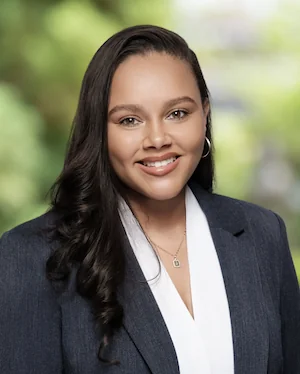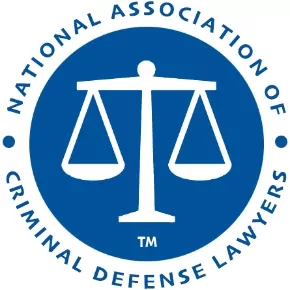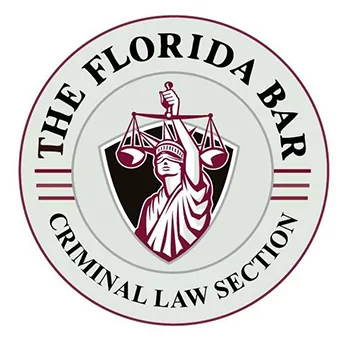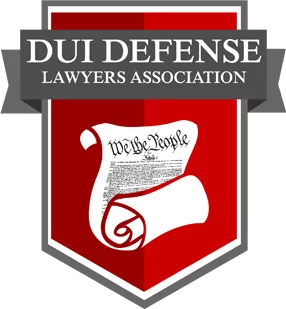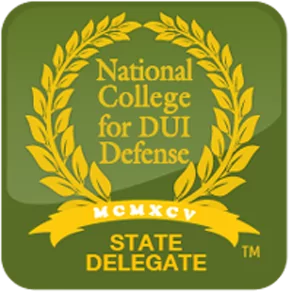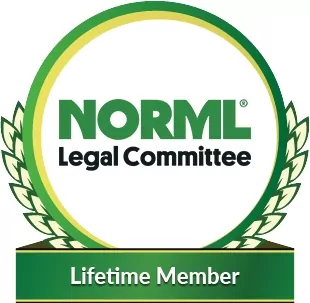Excited Utterance
Hearsay is “a statement, other than one made by the declarant while testifying at the trial or hearing, offered in evidence to prove the truth of the matter asserted.” § 90.801(1)(c), Fla. Stat.
The first issue is whether the statement is really being offered to prove the truth of the matter asserted. The Florida Supreme Court has recognized that a statement may “be offered to prove a variety of things besides its truth.” Foster v. State, 778 So. 2d 906, 914-15 (Fla. 2000). If an out of court statement “ ‘is offered for some purpose other than its truth, the statement is not hearsay and is generally admissible if relevant to a material issue in the case.’ ” Jackson v. State, 25 So. 3d 518, 530 (Fla. 2009) (quoting Penalver v. State, 926 So. 2d 1118, 1131 (Fla. 2006)).
Another basis of admissibility is that the statements are an exception to the section 90.802 rule against hearsay since they qualified as excited utterances within the meaning of section 90.803(2), Florida Statutes (2010). An excited utterance is “[a] statement . . . relating to a startling event or condition made while the declarant [is] under the stress of excitement caused by the event or condition.” § 90.803(2), Fla. Stat. (2010).
While an excited utterance need not be contemporaneous to the event, it must be made while the declarant is under the stress of the startling event and without time for reflection. . . . “[W]here the time interval between the event and the statement is long enough to permit reflective thought, the statement will be excluded in the absence of some proof that the declarant did not in fact engage in a reflective thought process.”
Hutchinson v. State, 882 So. 2d 943, 951-52 (Fla. 2004), abrogated on other grounds by Deparvine v. State, 995 So. 2d 351 (Fla. 2008) (quoting State v. Jano, 524 So. 2d 660, 661 (Fla. 1988)) (citations omitted).
As explained by the Florida Supreme Court, to constitute an admissible excited utterance, the qualifying statement must relate to “a startling event or condition” and
(1) the declarant must have experienced or witnessed an event startling enough to cause nervous excitement;
(2) the statement must have been made while under the stress of excitement caused by the startling event; and
(3) the statement must have been made before there was time to contrive or misrepresent.
Evans v. State, 838 So. 2d 1090, 1093 (Fla. 2002).
The rationale for allowing the excited utterance exception to the rule against hearsay is that such statements “contain sufficient guarantees of trustworthiness in that ‘the declarant does not have the reflective capacity necessary for conscious misrepresentation’ while in a state of excitement.” Strong v. State, 947 So. 2d 552, 554 (Fla. 3d DCA 2006) (quoting Rogers v. State, 660 So. 2d 237, 240 (Fla. 1995)).
When an Excited Utterance Violates the Confrontation Clause
Even if the statement is admissible, the court must also determine whether the admission of the statement violated the Confrontation Clause. See U.S. Const. amend. VI. So even if a statement qualifies as an excited utterance, its admission might still violate the Confrontation Clause because the statement was testimonial. See Crawford v. Washington, 541 U.S. 36, 68 (2004).
“In all criminal prosecutions, the accused shall enjoy the right . . . to be confronted with the witnesses against him . . . .” U.S. Const. amend. VI.
The Supreme Court laid the analytical framework for a Confrontation Clause violation when it stated “[w]here testimonial evidence is at issue, however, the Sixth Amendment demands what the common law required: unavailability and a prior opportunity for cross-examination.” Crawford, 541 U.S. at 68.
Prior to Crawford, the issue was controlled by Ohio v. Roberts, 448 U.S. 56, 66 (1980), which held that a hearsay statement could be introduced in a criminal trial without resulting in a Confrontation Clause violation if it was shown that the declarant was unavailable and the out-of-court statement bore adequate indicia of reliability.
In Roberts, the Court focused on the reliability of the statement, concluding that a statement had “adequate indicia of reliability if it either fell within a firmly rooted hearsay exception or it bore ‘particularized guarantees of trustworthiness.’ ” Blanton v. State, 978 So. 2d 149, 154 (Fla. 2008) (quoting Roberts, 448 U.S. at 66).
The Supreme Court’s decision in Crawford abandoned the Roberts indicia of reliability test and held that the introduction of a hearsay statement will result in a violation of the defendant’s Sixth Amendment right to confrontation if:
- the statement is testimonial;
- the declarant is unavailable; and
- the defendant lacked a prior opportunity for cross-examination of the declarant.
“Only [testimonial statements] cause the declarant to be a ‘witness’ within the meaning of the Confrontation Clause.” Davis v. Washington, 547 U.S. 813, 821 (2006).
“It is the testimonial character of the statement that separates it from other hearsay that, while subject to traditional limitations upon hearsay evidence, is not subject to the Confrontation Clause.” Id. “The mere fact that evidence meets the requirements of an exception to the hearsay rule does not necessarily mean it is admissible as evidence.” State v. Lopez, 974 So. 2d 340, 345 (Fla. 2008).
In Davis, the United States Supreme Court held that the statements made by the victim to a 911 operator during the course of an attack were not testimonial, and were therefore admissible, because the victim “simply was not acting as a witness; she was not testifying.” Id. at 828.
In the companion case of Hammon v. Indiana, 547 U.S. 813 (2006) (No. 05-5705), the victim was waiting on the front porch and the assailant was inside when the police arrived. The victim was escorted to a separate room where she was questioned and filled out a complaint affidavit about the incident. The Supreme Court held that the victim’s statement in Hammon was testimonial because “[t]here was no emergency in progress” and the “primary, if not indeed the sole, purpose of the interrogation was to investigate a possible crime.” Id. at 829-30.
The Supreme Court in Davis discussed other factors that may be considered when determining whether a statement is testimonial, such as:
- whether the declarant was speaking about events that were currently happening or circumstances that could currently be responded to, as opposed to events that were clearly in the past and could only be investigated and litigated;
- whether the declarant was facing an ongoing emergency (describing or seeking help for current physical danger); and
- whether the setting of the declarant’s statement was a perilous crime scene or a safe location.
This article was last updated on Monday, April 5, 2021.





